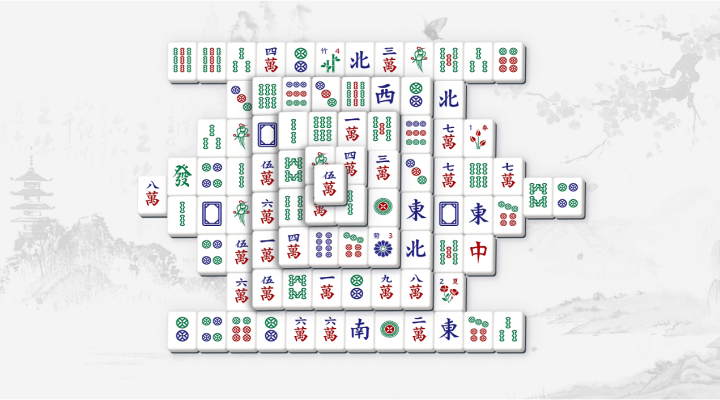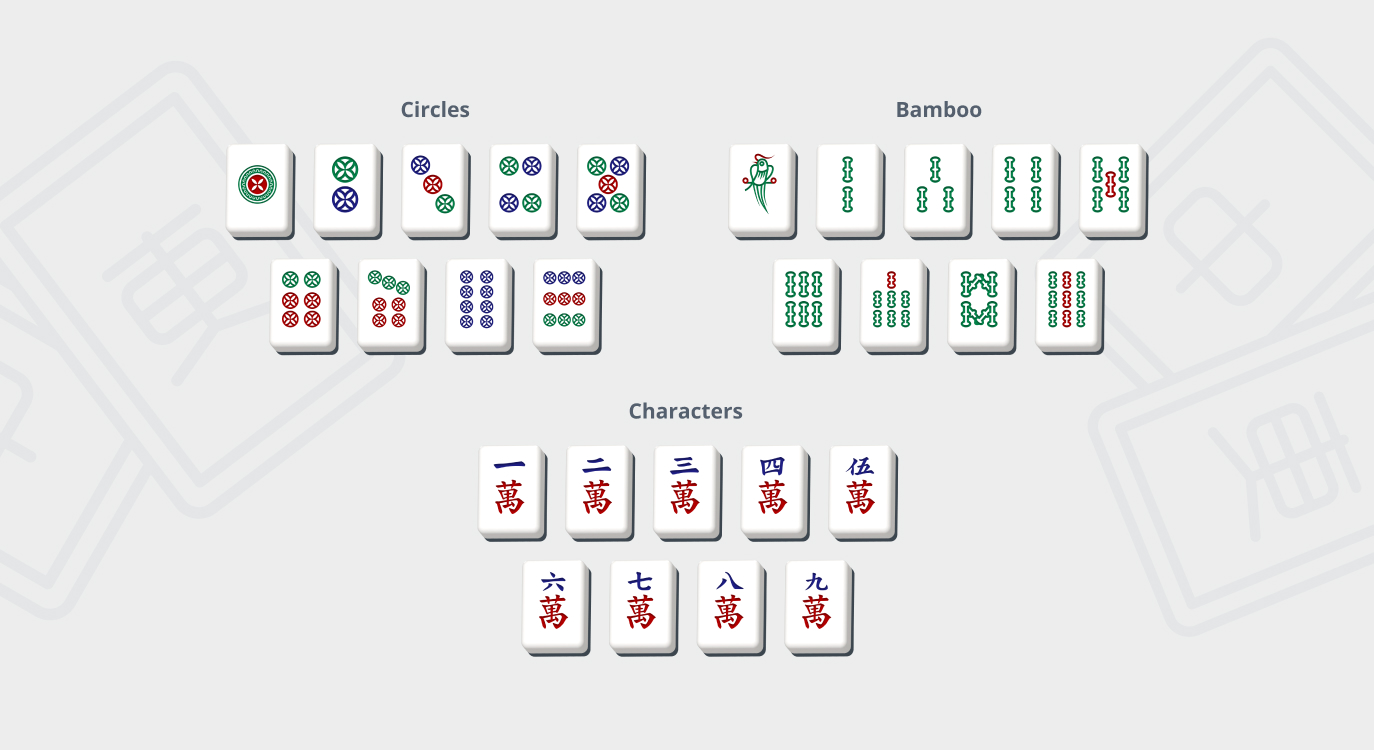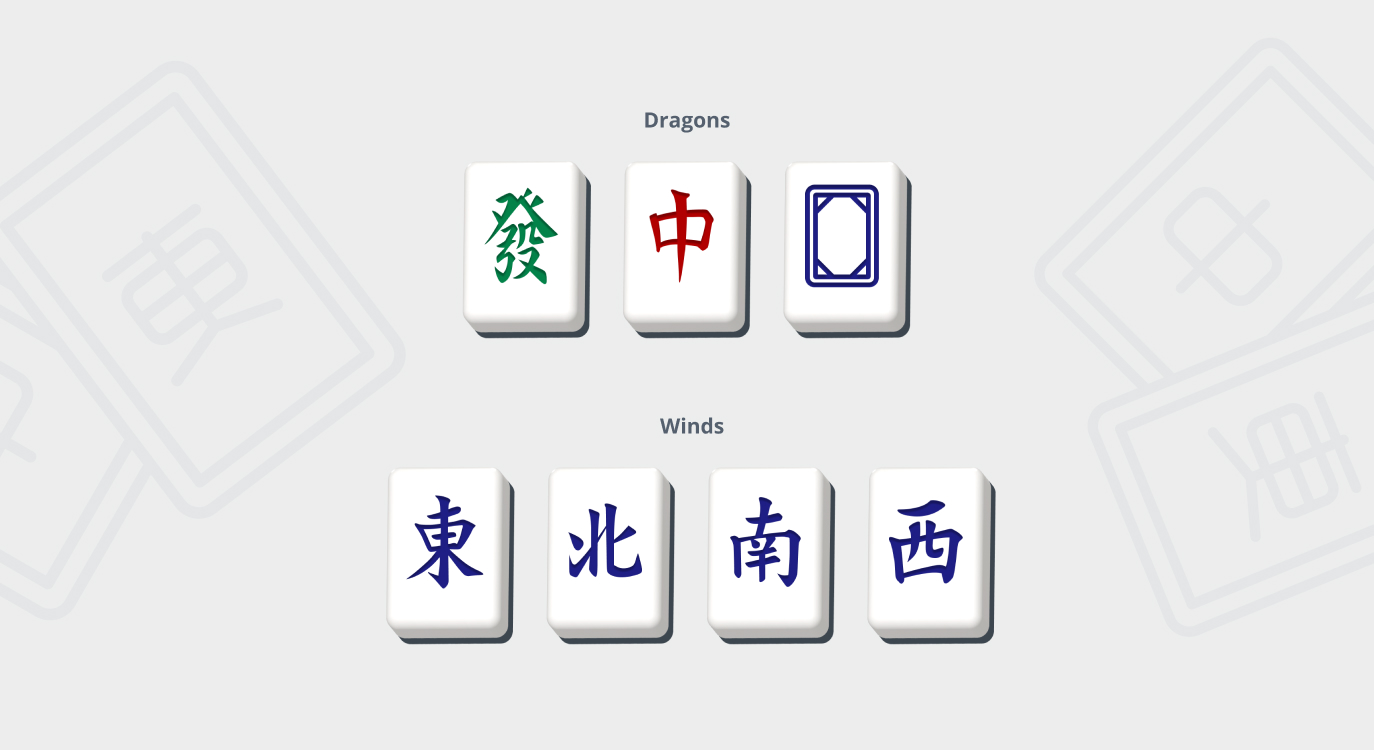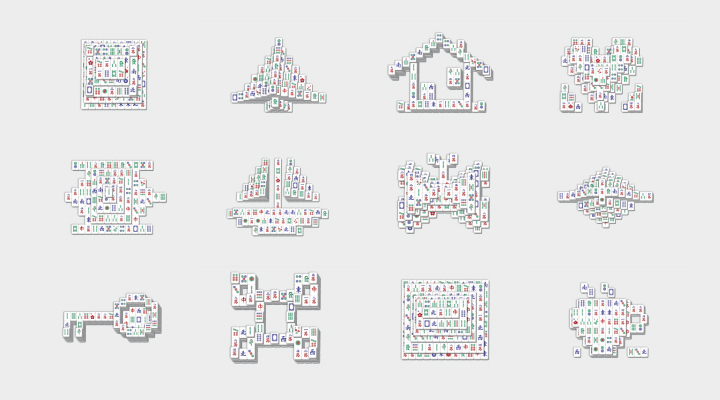Mahjong Solitaire Rules
Date:
Updated:
Table of Contents
Learning how to play Mahjong Solitaire has been a popular pastime since the game's creation in the early 1980s. It is a variation of Solitaire that uses Mahjong tiles instead of traditional playing cards. The game's developer expanded it across more platforms in the mid-1980s, where it was often called 'Shanghai.' While its origins are somewhat opaque, the creator suggested he based it on a game called 'Turtle.' By the 1990s, Microsoft included it in different formats in its packages. Since then, it has grown and grown in terms of popularity and available formats. This article explores how to play Mahjong Solitaire, including gameplay tips to get the most from this enjoyable and relaxing pastime.

What is Mahjong Solitaire?
Mahjong Solitaire is a matching game that uses Mahjong tiles, though it has little else in common with the four-player Chinese table game that is its namesake. Instead, it is a computer-based game now widely accessible that offers intriguing strategic gameplay in its own right. The core difference between the wo games is the number of players, which considerably changes the skills required. While both games require pattern recognition and strategy, traditional Mahjong has a more significant requirement for calculation based on the social and psychological interactions of the four players. Mahjong Solitaire, typically played by a single player, is more akin to a puzzle that requires planning to be solved effectively.
An excellent quality of digital Mahjong Solitaire is how accessible it is. The online game can be played anywhere a player has access to the internet and a device to play on. How to play Mahjong Solitaire can be explored on a computer or mobile device, such as a phone or tablet.
What Does the Mahjong Solitaire Set Include?
The Mahjong solitaire set includes 144 tiles, instantly recognizable by using Chinese symbols and language. The majority of Mahjong Solitaire is played on the computer, and it is this format that we shall refer to. However, it should also be noted that sets with physical tiles can also be used. These can be a fun way to learn how to play Mahjong Solitaire when a suitable device is unavailable. In both games, the tiles are grouped into distinct categories.
Suited:

Suited form an integral part of the game. There are three suited, numbered 1-9, and 4 of each tile in a set. Each of the suited described below has 36 tiles that are used in the game.
- Dots: Also referred to as 'stones' or 'circles,' the round shape of the symbols references the tóng - a Chinese coin with a square hole in the middle.
- Bamboo: Commonly referred to as 'bams' or 'sticks,' the bamboo sticks' cultural significance is depicted in how they represent the strings (sǔo) that historically supported coins attached to them. The first card in the suit, 'Bird,' can confuse new players as it depicts not just a bamboo stick but a bird seated on one.
- Characters: Also known as 'cracks' or numbers, the consistent feature on each tile is the wàn character, which means' 10,000'. Above this are the Chinese characters for 1-9, which means committing these to memory is one of the best investments of time for a player new to Mahjong in any form.
Honors:

Honor tiles bring extra depth and complexity to the Mahjong Solitaire gameplay. Unlike suited, there is no hierarchy or rank to these tiles.
- Dragons: There are three different Dragon tiles: Red, Green, and White / Blue. The latter tile represents a white board, usually with a blue border or styling. Hence, it may be referred to as a Blue Dragon tile or, because of its appearance, a 'Soap.'
- Winds: These four tiles reflect North, East, West, and South cardinal directions. They are best remembered by the acronym they make as a sequence,' NEWS.' Since these are also indicated using Chinese characters, learning their meanings and committing to memory is wise.
Bonus:

Bonus tiles comprise Flowers and Seasons, and since there are no identical tiles, any flowers and seasons can be matched. There are four tiles of each type in a standard Mahjong set.
- Flowers: These visually-appealing tiles feature four flowers that are rich in symbolism in Chinese culture.
- Seasons: These tiles depict the four seasons (Spring, Summer, Autumn and Winter), usually in illustrative or character form.
However, it should be noted that the different types of bonus tiles cannot be matched together. For example, a Flower tile cannot form a pair with a Season.
The Objective of The Game
The objective of the Mahjong Solitaire game is to clear all tiles from the board by matching them into pairs. A crucial rule when learning how to play Mahjong Solitaire is understanding that only tiles that are 'open' can be paired. This description means they must have at least a single long edge free and not be covered by other tiles.
Mahjong Solitaire Layouts

Before learning how to play Mahjong Solitaire, deciding on a layout for your game is essential. Mahjong Turtle is the classic layout incorporated in the first computerized version. Tiles form the shape of a Turtle when looked at from top to bottom. Tiles are placed randomly face-up to create four layers. Those playing the game on a computer will have the tiles randomly selected by the machine. The distribution should still be random for players using a physical set of Mahjong Solitaire tiles, building them into the 3D puzzle.
There are many other layouts for the adventurous player, especially when playing on a computer. Everything from Squares and Pyramids to Fish and even Christmas Trees. You may even wish to experiment with your own layout. Provided it is random and has four layers of tiles, it is just as valid a way to play the game.
How to Play Mahjong Solitaire
With your layout selected and tiles set up, it is time to play Mahjong Solitaire. Let's look at the gameplay steps and also how to get off to a flying start, even as a beginner to the game.
- Analyze the Board: Take your time to begin formulating a strategy. Don't just focus on the most apparent matches; try to think a few moves ahead and where those matches may take you.
- Identify 'Open' Tiles: Look for uncovered tiles with at least one long side not adjacent to another.
- Strategy Over Speed: Rather than rushing in to match the first pair you spot, take a longer strategic view. For example, since each suit tile appears four times, it may be preferable not to match a prominent pair and instead focus on the matches that open up opportunities to clear more tiles.
- Match and Remove: Once you have decided on a match in the digital version of the game, you can click to remove it. Likewise, if playing with actual tiles, you can remove them and place them in the discarded pile.
- Shuffle If (Truly) Stuck: You can shuffle the tiles if you believe no legal matches are available. Many digital game versions also have a 'hint' option to guide the gameplay and best strategic options. However, it is advisable not to rely on these functions too often. While they can be helpful, especially as a beginner, if used too much, they can impair the rate at which you learn and develop your skills at the game.
- Win or Not: Once all tiles have been removed, you have won the game. The game may be unwinnable if you are no longer going to shuffle and cannot make a match. Remember, you will often learn far more from the games you lose as a Mahjong Solitaire player than the games you win.
- Review Your Score: Depending on your digital game version, your score will reflect the number of tiles and the speed at which you completed the game. There may be additional bonuses for different combinations. Your score, time, and number of ‘Undo’ and ‘Shuffle’ options used are displayed in your win statistics and provide valuable metrics for your progress as a player.
Strategies and Tips for Winning
We have already provided some tips about strategy as we have explored Mahjong Solitaire's gameplay. Still, there are some further tips to enhance your chances of success.
- Prioritise High Layers and Horizontal Rows: Matching these tiles into pairs allows you to work inside more, freeing up more tiles below to provide further matches.
- Balanced Removal: Try to remove tiles equally from the left and right so as not to limit your options as the game progresses.
- Avoid Singletons: Ideally, ensure that single tiles do not become isolated without available matches.
- Save Lifelines for Emergencies: Tools like 'Shuffle,' 'Hint', and 'Undo' are great when playing digital Mahjong Solitaire, but use them sparingly to ensure you developing your skills and strategy.
- Patience and Practice Makes Perfect: There is a reason the traditional card Solitaire is also referred to as 'Patience,' which is a quality that is just as important when playing the Mahjong version. Take your time to make matching decisions and practice regularly to improve your performance and problem-solving abilities in the game.
Variations of Mahjong Solitaire
One of the most exciting things about the game, especially the digital version, is how many variations there are to explore. Once you have learned how to play Mahjong Solitaire, there are an almost endless number of versions to explore. The following is a section of some of the most popular.
Mahjong Kyodai
Also known as 'Butterfly,' this game version features colorful images of the beautiful insect. When a pair is matched, usually by connecting a line between the wings, the butterflies take flight from the board. This effect is a unique and visually satisfying feature of this variation.
Mahjong Connect
This variation uses the standard Mahjong tiles but adds a twist to the gameplay to increase the challenge of winning. Tile pairs can only be matched when connected by a line or pathway that makes two or fewer turns at ninety-degree angles. This rule adds more depth to the gameplay, which many players enjoy.
Mahjong Dimensions
This version of Mahjong Solitaire expands the gameplay onto a 3D cube, genuinely adding a new dimension to the gameplay, as its name suggests. This feature significantly increases the spatial reasoning required to solve the puzzle and makes for a far more challenging game.
Learn How to Play Mahjong Solitaire Today!
Mahjong Solitaire is a fantastic way to relax, unwind, and enjoy testing your skills and strategic abilities. Using the familiar tiles of classic tabletop Mahjong, steeped in Chinese cultural heritage, it provides a unique solitaire experience in terms of its visual appeal and gameplay. Playing the digital game offers you the convenience of regular practice to hone your Mahjong Solitaire skills using various layouts and variations. Like most things, the more you practice and do so with minimal or no computer assistance, the faster you will master this remarkable game.
